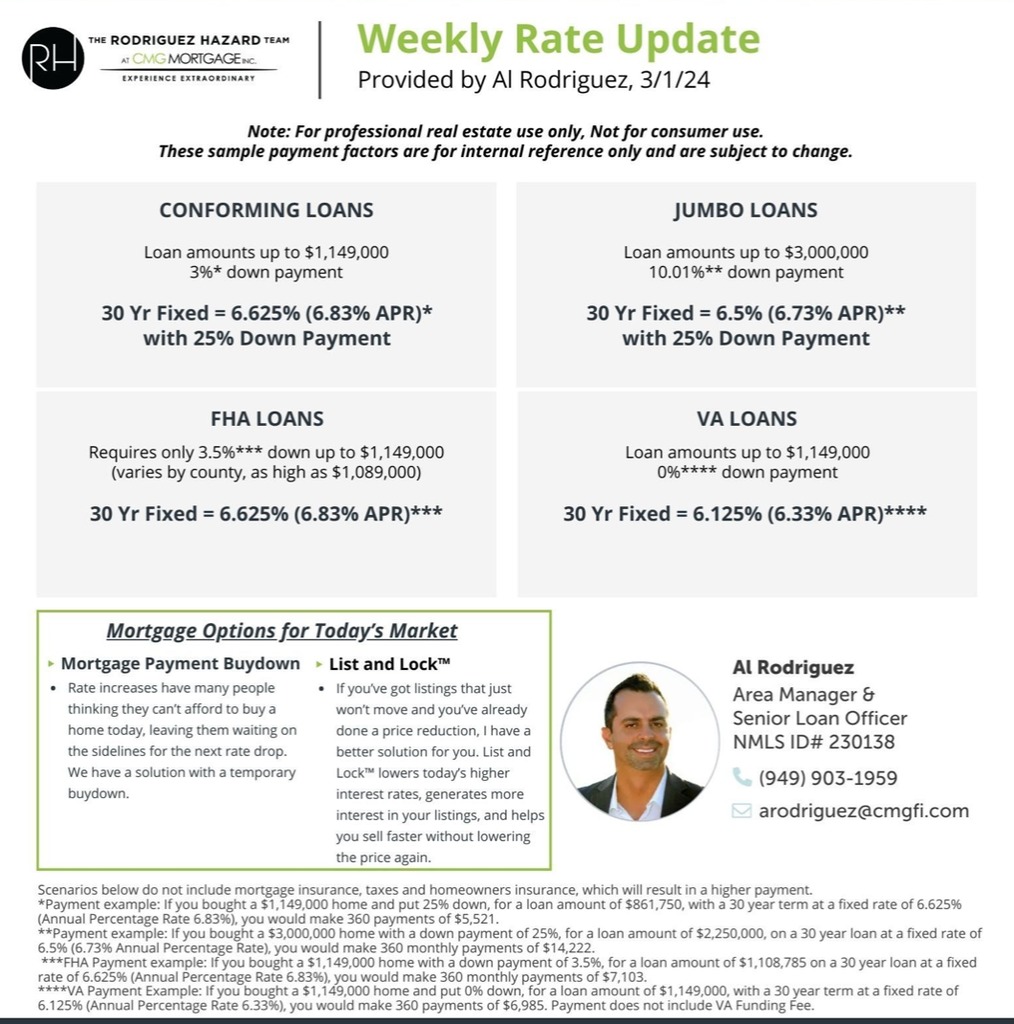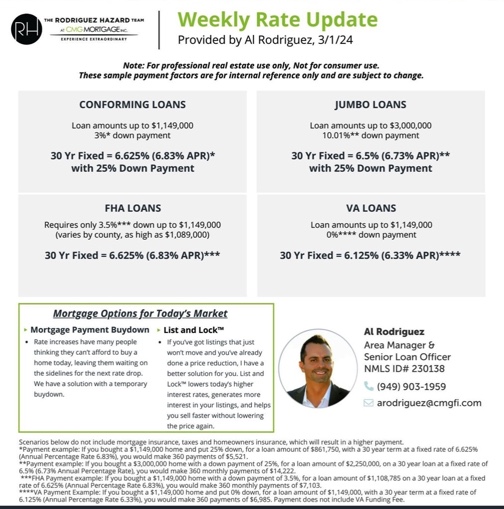
High Inflation
Stronger than expected inflation data was negative for mortgage markets this week. A shortfall in consumer spending was a distant second in importance to investors, and mortgage rates ended the week higher.
The Consumer Price Index (CPI) is one of the most widely followed inflation indicators. To reduce short-term volatility and get a better sense of the underlying inflation trend, investors typically look at core CPI, which excludes the food and energy components. In February, Core CPI rose 0.4% from January, above the consensus forecast and 3.8% higher than a year ago.
Although the core CPI annual rate has fallen from a peak of 6.6% in September 2022, it is still far above the readings around 2.0% seen early in 2021, which is the stated target level of the Fed. One big reason is that shelter (housing) costs remained elevated and again were responsible for the largest portion of the increase. However, the CPI data measures shelter costs with a lag, and more timely indicators from other sources suggest that this component will slowly come down later in the year. Other categories with large monthly increases included airline fares, apparel, and auto insurance.
Adding to the inflation concerns, another indicator released this week which measures costs for producers also was higher than expected. The core Producer Price Index (PPI) rose 0.3% from January, above the consensus forecast of just 0.2%. Due to the higher than expected inflation reports this week, expectations for a reduction in the federal funds rate have been pushed out until even later in the year. Investors now anticipate that the first rate cut will not take place until June or July.


